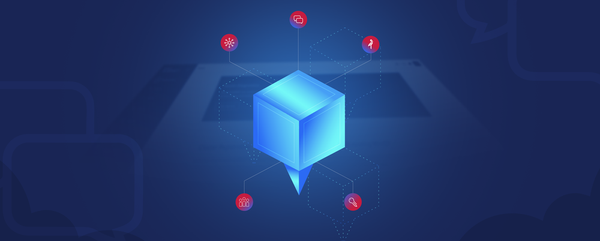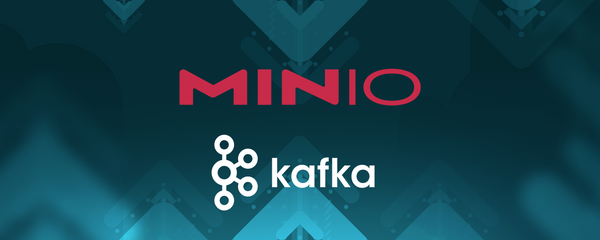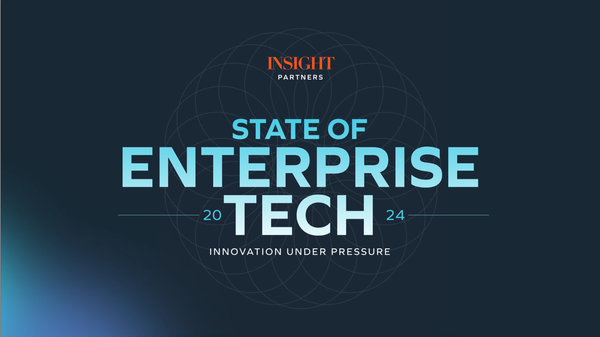Model Checkpointing using Amazon’s S3 Connector for PyTorch and MinIO

In November of 2023, Amazon announced the S3 Connector for PyTorch. The Amazon S3 Connector for PyTorch provides implementations of PyTorch's dataset primitives (Datasets and DataLoaders) that are purpose-built for S3 object storage. It supports map-style datasets for random data access patterns and iterable-style datasets for streaming sequential data access patterns. The S3 Connector for PyTorch also includes
Read more
























